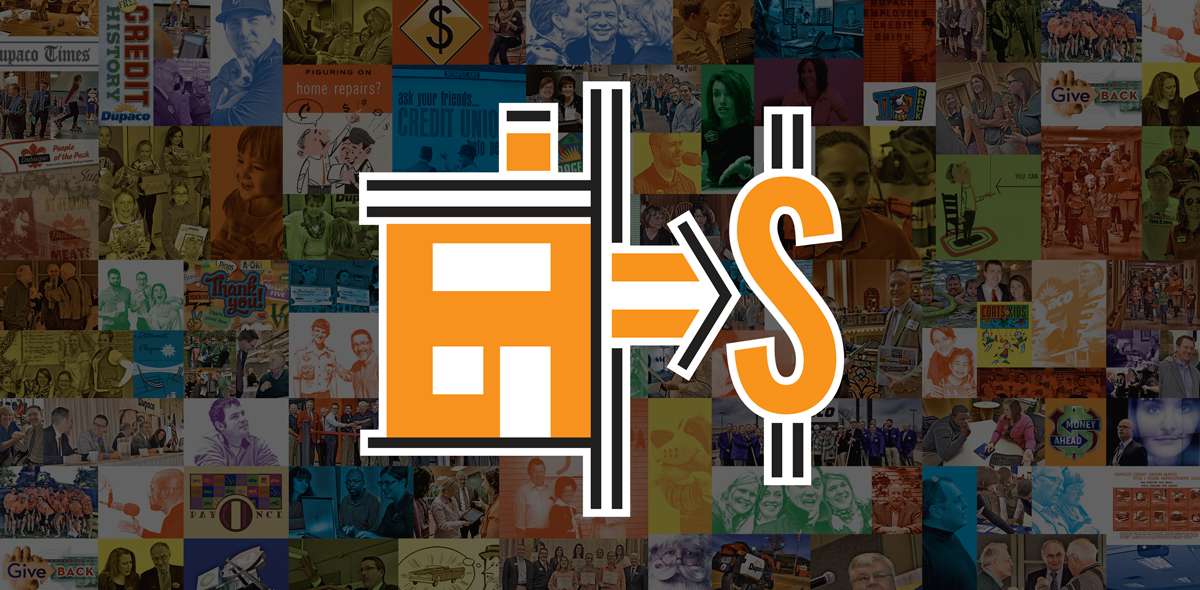
Rising home values: Learn how to tap into the equity you’ve built
Updated June 26, 2024, at 3:39 p.m. CT
Home values have skyrocketed in recent years. And if you’re a homeowner, you might wonder how to take advantage of this burst of equity.
(Hint: Equity is the part of your home that belongs to you, not your lender. It’s often the difference between what your home is worth and what you owe on your home loan.)
Just how much have home values climbed?
According to a new report from Corelogic, home equity jumped to nearly an all-time high in the first quarter of 2024. Nationally, homeowners saw their equity increase by 9.6% for an average gain of $28,000.
Because the jump in equity is an average, those with home loans in some states like California experienced much larger equity increases by $64,000, while those who owned homes in Iowa recorded average equity gains of $13,000, the CoreLogic data showed.
“A low supply of available homes for sale put upward pressure on home prices and kept many homeowners in their current homes, which, in turn, fueled a remodeling boom,” CoreLogic reported.
One advantage of having more equity in your home? You might be able to use that money now to help you reach other goals.
Through careful planning, a home equity line of credit can be a powerful way to tap into the equity you’ve built. Learn how it works—and what to consider before making this money move.
What’s a HELOC?
Many homeowners take advantage of their increased home equity through a home equity line of credit, or HELOC.
A HELOC is a revolving credit line that allows you to borrow money against your equity as needed while you still live there. You can use the funds for whatever you’d like: Consolidate bills, fund home improvement projects or pay for other expenses.
Think of the home equity line of credit as a safety net. If you don’t have a specific need—or are unsure if you might have other needs down the road—the funds are there in case life throws the unexpected your way.
A HELOC is considered a second mortgage on your house. You’re using your home as collateral. That means if you default on your repayment, you risk losing your home. So, it’s even more important to make your payments on time, every time.
Because you’re using your home as collateral, this loan typically offers much lower interest rates than personal loans or credit cards.
How much money can you borrow?
Like every loan, HELOCs have eligibility requirements.
The amount of money you can take out through a HELOC will depend on your home’s total value, how much you currently owe on your home loan and other factors.
At Dupaco, eligible homeowners can borrow up to 100% of their home’s appraised value.
Once approved, you can advance the funds when you need them through Shine Online or Mobile Banking, by calling Dupaco at 800-373-7600 or by visiting a Dupaco branch.
Calculate how much you could borrow with a HELOC >
How do I repay my HELOC?
Repayment works like a credit card—borrow what you need, pay it off and borrow again.
At Dupaco, you have 10 years to advance money from your line of credit. Each time you take an advance, your monthly payment recalculates over 15 years.
In theory, you could leave the line of credit untouched for nine years, then take a full advance and have 15 more years to repay those funds. Your monthly payment can change, triggered each time you make an advance.
You’ll pay a variable interest rate based on the Prime Lending Rate. With the current economic climate, recently rising interest rates will likely increase your HELOC interest rate. But you’re only charged interest on the funds you use. And interest rate fluctuations only impact your monthly payment when you make a new advance.
If you plan to sell your home, you’ll need to have your line of credit paid in full and closed for future advances.
Another step to consider when home values rise
If your home value has shot up recently, it’s also worth reviewing your insurance coverage if you haven’t done so in awhile. Your homeowner’s insurance policy was likely purchased when your home was worth less than it is now. So, your coverage might no longer be enough to cover the current replacement costs of your home.



